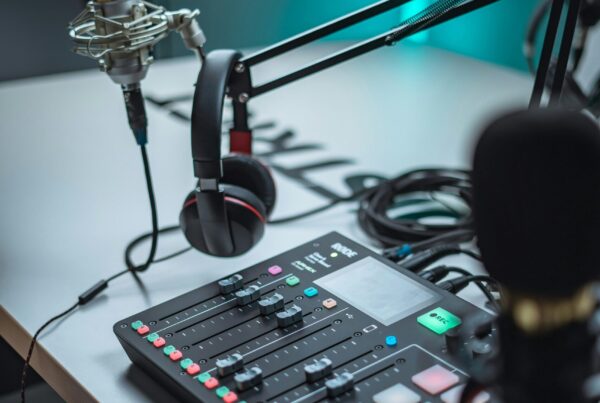Written by Natalie, Consultant at Tunheim
When I was starting my communications career, a director of digital strategy marched up to me and said, “You need to be listening to podcasts.” Why the heck would I listen to podcasts, I wondered? I thought podcasts were the product of aging geeks looking to spread their uninteresting ideas to the world—essentially the late-night FM show of the Internet generation.
And I’m not alone in my perception of podcasts being the nerdiest form of media. I conducted a quick poll of Tunheim employees asking what words they associate with podcasts. The most common descriptors included “boring, long and uninteresting.”
However, over the last few years, something has changed:
- According to a USA Today article titled, “Remember podcasting? It’s back – and booming,” Apple has surpassed 1 billion subscriptions for podcasts via iTunes.
- Stitcher, a podcast streaming app, has seen its available podcasts grow from 5,000 in 2011 to 18,000 in 2013.
- Plus, a just-released Edison Research report stated that an estimated 39 million Americans have listened to a podcast in the past month—an all-time high.
If the numbers aren’t proof enough that podcasts are cool, consider that Hannah, Lena Dunham’s character in the uber-popular Girls, even listened to This American Life in a recent episode.
For both marketers and consumers of media it is clear—podcasts are a channel worth consideration.
Who’s creating podcasts?
So if it’s not the nerds in the basement, who is producing the most-listened to podcasts? According to iTunes downloads, public radio is king. Six of the top 10 podcasts in the U.S. are created by public media, such as Radiolab and Freakonomics Radio from WNYC, and NPR’s TED Radio Hour and Fresh Air.
This isn’t surprising considering the long-form, topic-specific nature of the platform. Podcasts can dive into a topic in a way similar to the type of content public radio has produced for years. From the light-hearted look into what it takes to be happy to the in-depth five-month project at Harper High School, one of the toughest schools on Chicago’s Southside, podcasts offer in-depth reporting that is often informative and inspiring.
The public radio connection also makes sense from a funding perspective. NPR has mastered public funding, which is how many podcast producers keep the lights on and the tape rolling.
Who’s listening to podcasts?
Podcast listeners are a highly sought-after demographic for marketers, largely because it’s composed of well-educated, social sharers who find ways to consume commercial-free media.
According to an Edison Research study, the podcast audience skews young (half of all listeners are age 12-34) and affluent (4 in 10 podcast listeners have a household income of at least $75,000). They are more likely than the average American to have consumed media in a non-traditional way (by watching on a computer, cell phone or tablet) and are more likely to be social media users (78 percent compared to 56 percent of the U.S. population).
In short, it’s the type of demographic many marketers are vying for given their disposable incomes and affinity for social sharing.
What’s the future for podcasts?
I predict the popularity of podcasts will continue to grow as the expansion of smart TVs, wearable technology and in-car media become more widespread. People expect to listen to exactly what they want, where they want, without waiting. And with traditional media continually moving more toward newstainment, podcasts offer a much-needed alternative for those of us who are curious to learn about our world.
Do you listen to podcasts? Would you ever consider adding them into your normal routine or are they too long/boring/insert negative adjective for you? What about our marketer friends—have you had success adding podcasts to your media buy list? Share your ideas below or on our Facebook page.
An updated article with further information on podcasts can be found here.






